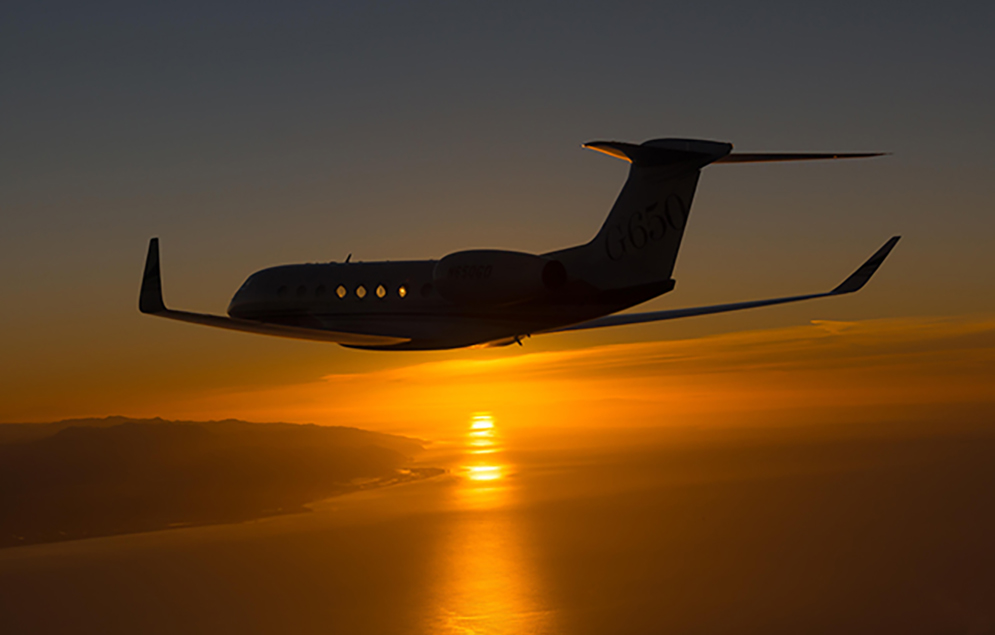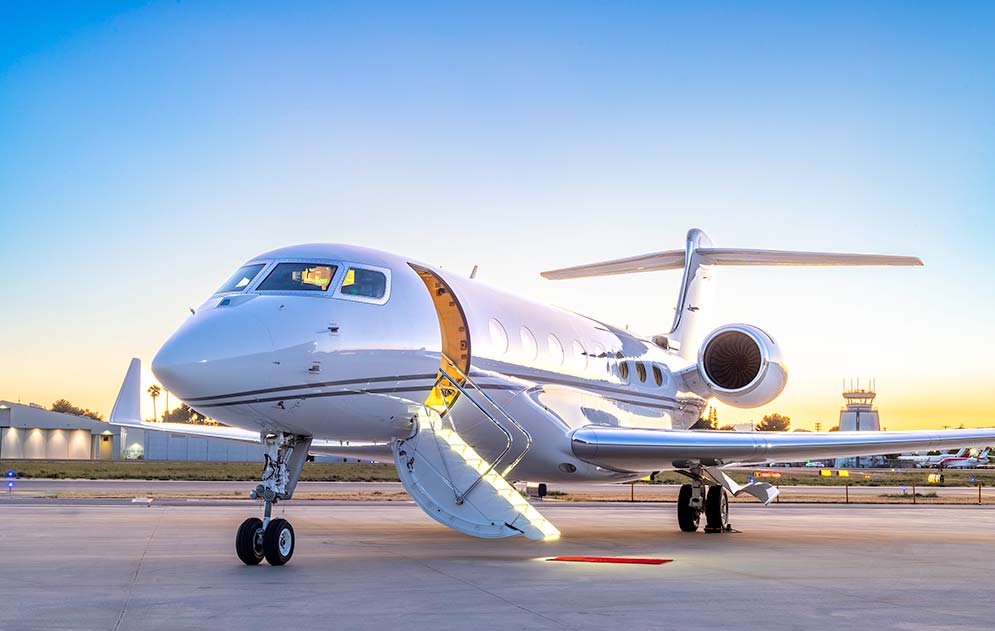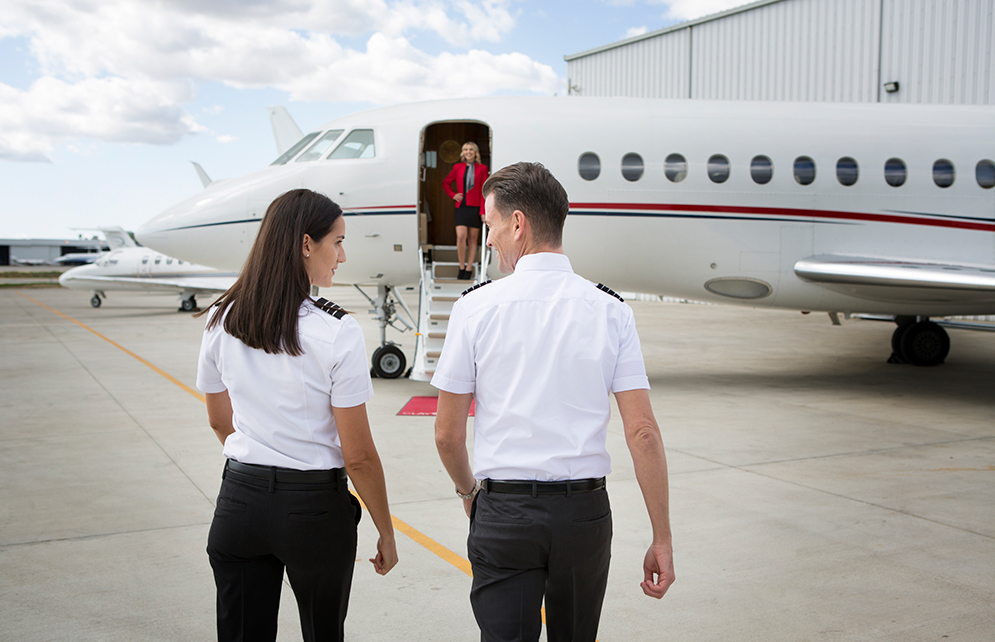
Four Actions to Increase Quality Charter Revenue for Your Aircraft
Aircraft owners routinely ask aircraft management companies: How can I maximize charter revenue for my aircraft? The most common answer is often something like “charter the aircraft more hours.” It is a simple answer, but one that doesn’t align with aircraft owner’s goals.
While flying more hours increases gross revenue, you will sacrifice hourly profit margin which does not maximize revenue for the aircraft owner. Why? The rules of supply and demand, and variable expenses. The largest variable cost, accounting for 51 percent, is fuel. More fuel is burned in the first hour of flight, due to climb, than in hours two, three, four and so on, which means the owner earns less revenue on that first hour. Monitoring and analyzing average leg segments is something Clay Lacy managers do as part of aircraft management services.
Keeping supply and demand in mind is actually the key to maximizing charter revenue. Positioning one’s aircraft in the segment of high quality aircraft, is actually more beneficial for the owner.
Clay Lacy manages modern, long-range aircraft that appeals to premium charter users. For those wishing for quality charter revenue, we have methods to make your aircraft more appealing to the marketplace and to vetted charter customers who are willing to pay more.
So how can aircraft owners maximize charter revenue and compete in the current market? Here are four actions to take.
1: ESTABLISH CLEAR CHARTER REVENUE EXPECTATIONS
Establish clear charter revenue expectations for each annual period with your management company and follow up with monthly reports to track how the aircraft is performing. Quality management companies dynamically flex pricing on a trip-by-trip basis. This flexibility will ultimately provide you with with higher hourly returns, more consistent revenue and allow the aircraft to compete in a competitive market.
For each aircraft, there is an optimal rate where the contribution margin is highest and most efficient. Owners might wish to operate their aircraft to achieve cashflow goals, but keep in mind that adding hours beyond the most efficient price will diminish returns.
2: KEEP CHARTER RESTRICTIONS TO A MINIMUM
The more restrictions you place on the aircraft, the less attractive it will be in a highly competitive charter market. A long, detailed list prohibiting things such as red wine, children under 8, pets, or short cycles may restrict potential customers. Instead, work with a trusted management company to protect and maintain your aircraft properly. If the plane requires additional cleaning or a repair, the management company should cover the cost and charge the charter customer accordingly. Lastly, check your aviation services agreement to make sure that is defined for your protection.
3: Co-locate your pilots with your aircraft
Owners often allow their pilots to live in cities far from where the aircraft is located. While this is a perk for the pilots, it may restrict possible charter opportunities as they must get to and from the jet’s location before and after every charter flight. This can add additional cost to the charter, making it less competitive, and also significantly reduce the duty time and/or availability of the aircraft.
A better way to maximize charter revenue is to co-locate plane and pilots. If your aircraft is based in a city with multiple airports, there is usually one airport with significantly higher demand, but correspondingly higher parking and fuel prices. Clay Lacy managers can provide an airport base comparison to help you make an informed decision (demand, fuel, hangar, maintenance resources and repositioning costs) to help achieve your goals.
4: Release owner approval of individual charters
Finally, remove the sales barrier created by owner releases. Instead, require quarterly trend analysis on the hourly contribution margins. This simple and profound adjustment allows flexibility of the sales process, optimizes availability and allows adequate time to generate trends. It gives your aircraft a competitive advantage in retail markets, allowing it to shine as the premium charter aircraft it is.
The best path to getting quality charter revenue is to partner with a quality aircraft management company—a company that has grown a loyal client following, establishes clear expectations, provides regular, transparent reporting, and properly protects and maintains your aircraft.
If you would like to speak with a Clay Lacy aircraft management professional about your jet and your charter revenue goals, send us an email and let us know a convenient time to talk, or let us know any challenges we can help you resolve.


